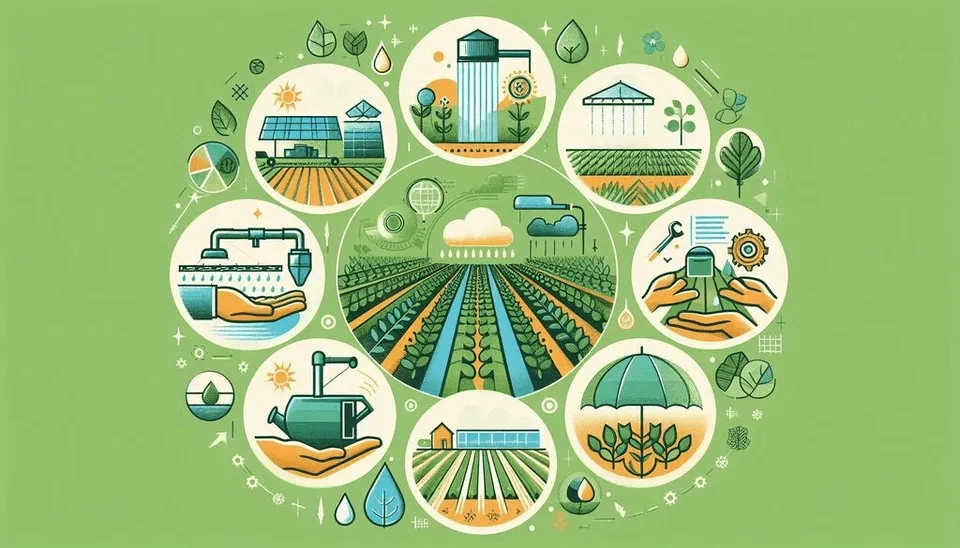
Despite the "Green Revolution's" impressive gains, seventy to one hundred percent more food will be required worldwide by 2050. So now we face a new challenge: how to sustainably feed nine billion people while using less water, energy, and arable land.
Water is a significant input in the provision of food – from production in the field through all the steps in the value chain. Water is also required to meet household needs, for energy and industrial production, and to maintain critical water-dependent ecosystems and ecosystem services. With demand and competition for water rising, however, the planet’s water resources are under increasing stress due to climate change, poor management and pollution (FAO. 2023).
Improvements in agricultural water management efficiency designed to conserve water are formulated in two ways:
(1) by increasing allocative efficiency via water conservation policies and
(2) by increasing physical irrigation efficiency via water conservation methods.
Despite the fact that water conservation methods are essential for increasing water productivity and the income of farmers, it is crucial to note that without water conservation policies, these technologies are ineffective (Perez and Perry. 2020).
The Food and Agriculture Organization (FAO) land and water program recommends improving irrigation techniques, storing rainwater for irrigation, and using remote sensing for agriculture. Water conservation in agriculture may also be achieved through crop rotation and soil management.

1. Improved Irrigation Techniques
Conventional irrigation systems, including gravity-fed systems like irrigation ponds, irrigation skates, and irrigation siphons, consume more water when compared to pressurized irrigation systems. Pressurized irrigation systems, on the other hand, are considered to be improved irrigation techniques that promote water conservation in agriculture These improved irrigation techniques can be classified into two main categories: localized irrigation and sprinkler irrigation.
Localized irrigation is a system where water is distributed under low pressure through a piped network, in a predetermined pattern, and applied as a small discharge to each plant or adjacent to it. The most prevailing localized irrigation systems are drip irrigation and micro-jet. Drip irrigation functions as its name suggests. Water is delivered at or near the root zone of plants, drop by drop. This method can be the most water-efficient method of irrigation if managed properly since evaporation and runoff are minimized (Megersa et al. 2015).
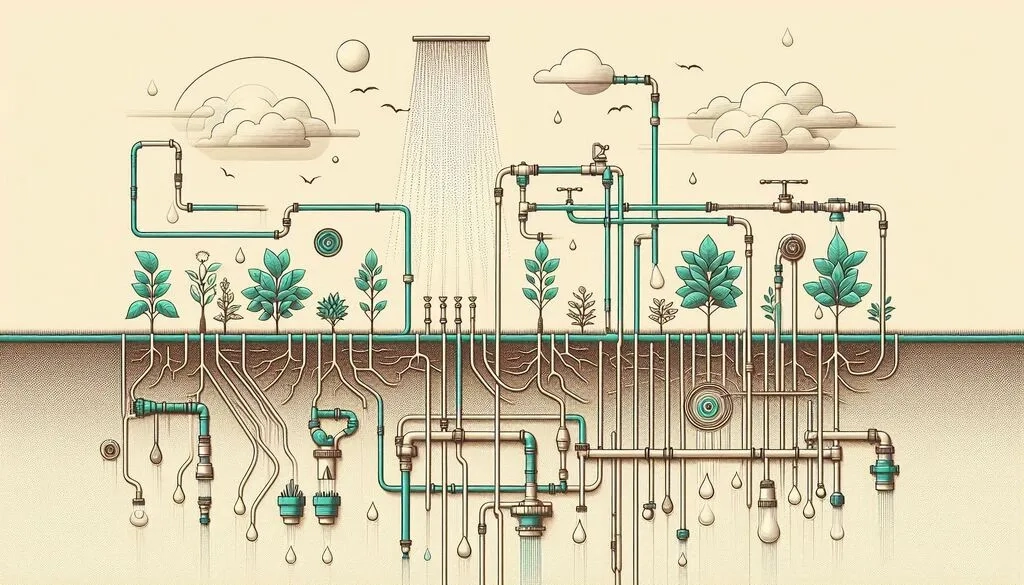
Sprinkler irrigation systems are known as water conservation methods that deliver water as rain with regulation and consistent dose, but only if the region does not experience winds exceeding 4 m/s. Sprinkler irrigation can apply water, fertilizer, and pesticides with the right amount and frequency, fertilizer and pesticide efficiency, reduce plant diseases and insect pests, inhibit weed growth, keep the soil aggregate knot, provide good conditions for crop growth, increase production, and improve product quality (Li et al. 2019).
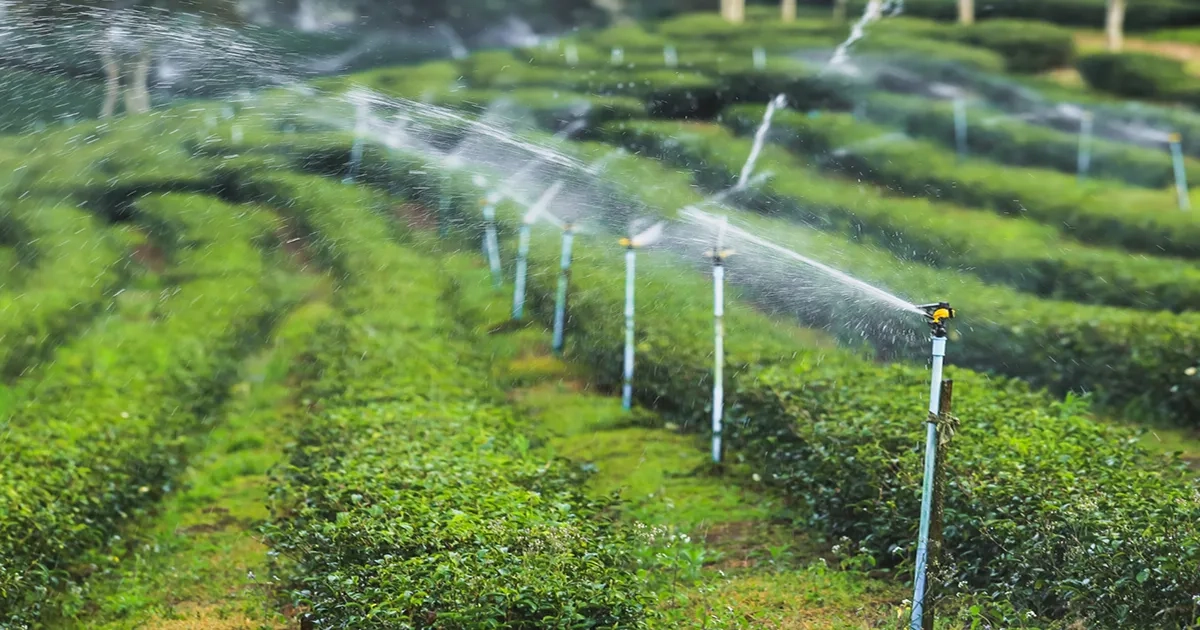
2. Rainwater Harvesting and Storage
Rainwater harvesting as a water conservation method involves managing, controlling, and using rainfall in situ or storing it. Rainfall harvesting involves managing rainfall and runoff for various applications. The rainwater harvesting technique involves directly harvesting, storing, and conserving rainwater (or reservoir run-off) in a farmed area that is usually smaller than the catchment area. Rainwater harvesting as supplementary irrigation collects run-off from remote or unused regions, stores it, and makes it accessible when water is scarce. Thus, to retain as much rainfall as possible during the rainy season for later use, run-off occurrences are intermittent. (Velasco-Muñoz et al. 2019)
Recent advances in information technology infrastructure, as well as hardware and software solutions, collectively known as the Internet of Things (IoT), are now providing cost-effective opportunities to achieve better performance of stormwater infrastructure, a method for water conservation in agriculture. The continuous monitoring and adaptive control approach aggregates data from on-site sensors (e.g., water level measurements) and weather forecasts, then use custom logic to automatically store or release water collected from sites with stormwater infrastructure (Roman et al. 2017)

3. Precision Agriculture
Precision agriculture utilizes emerging technologies such as geospatial technologies, the Internet of Things (IoT), Big Data Analysis (BDA), and Artificial Intelligence (AI) to optimize agricultural inputs and enhance crop production. Precision agriculture (PA) entails the application of a suite of such technologies to optimize agricultural inputs to increase agricultural production and reduce input losses. The use of remote sensing technologies for PA has increased rapidly during the past few decades. The unprecedented availability of high-resolution (spatial, spectral and temporal) satellite images has promoted the use of remote sensing in many PA applications, including crop monitoring, irrigation management, nutrient application, disease and pest management, and yield prediction (Sishodia et al. 2020).
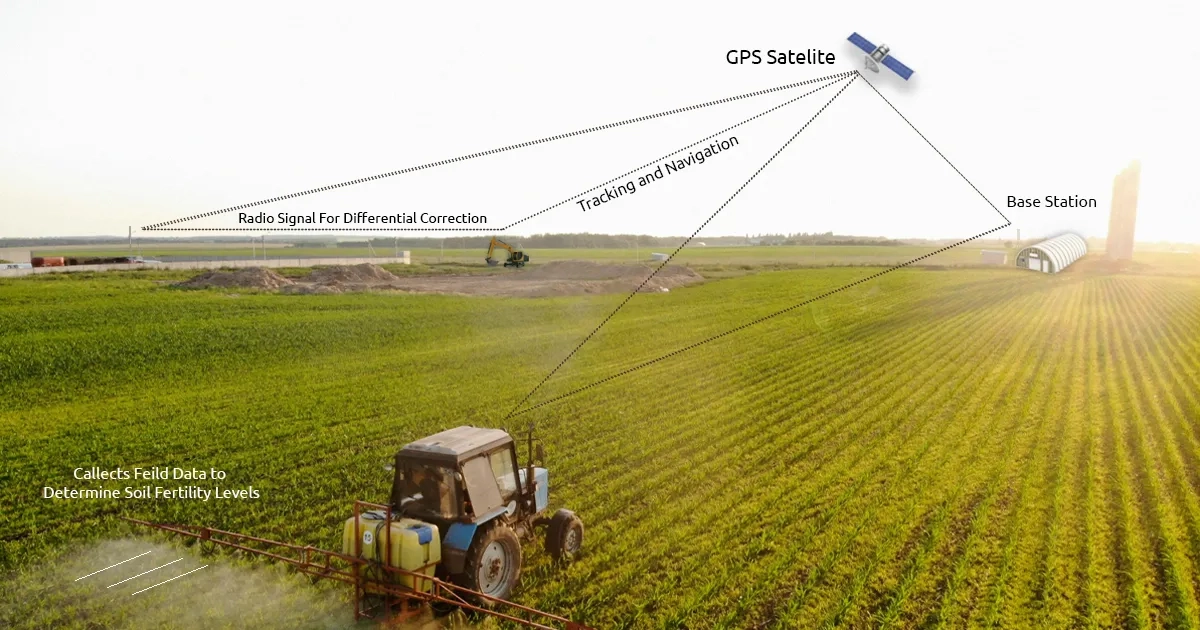
4. Crop Selection and Rotation
Crop rotation has been used as an effective tool for pest, disease, weed management and water conservation in agriculture since Roman and Greek times. Some crops respond well to crop rotation, while others respond less. In the 20th century, synthetic inputs made crop rotation unnecessary for managing these challenges. It is also useful in solving existing issues including stagnating production, resource depletion, and reduced synthetic input use. If the same crop is cultivated again, cropping procedures stay consistent. It increases pest pressure and wastes resources. Crop rotation boosts agricultural output, but small farms require individual management, which makes mechanization challenging. Crop rotation was rediscovered, and agriculture specialists now prioritize it for managing current agriculture concerns (Tariq et al. 2019)
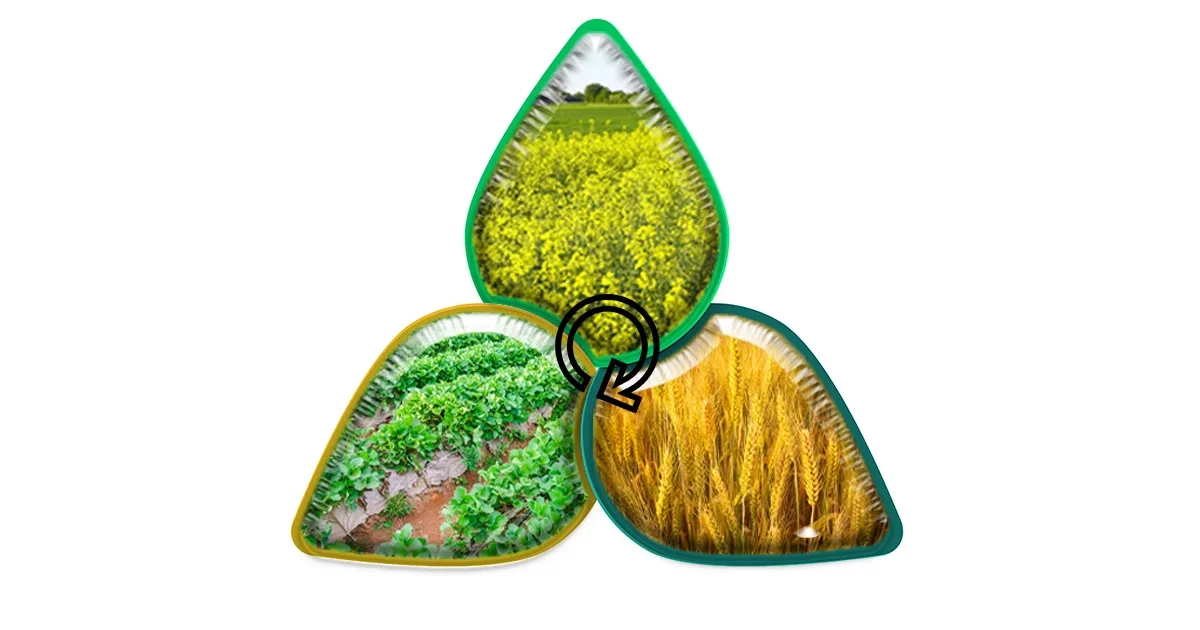
Diversified crop rotation and New plant breeding technologies are cutting-edge methods for water conservation through sustainable agriculture (Kumari Shah et al. 2021),(Qaim. 2020).
5. Soil Management
Healthy soil is a dynamic living system that maintains water quality, plant productivity, soil nutrient recycling, and greenhouse gas removal. Soil health, which depends on soil microbial diversity and activity, is linked to sustainable agriculture. A crop production method that produces food without harming the environment is sustainable and can conserve water and energy. Organic farming and tillage increase microorganism abundance, variety, and activity, improving soil health. Conservation tillage reduces inputs and labor costs, while organic farming requires more labor for weeds, pest control, and fertilizer inputs, which are less uniform and stable than synthetic fertilizers (Tahat et al.2020)
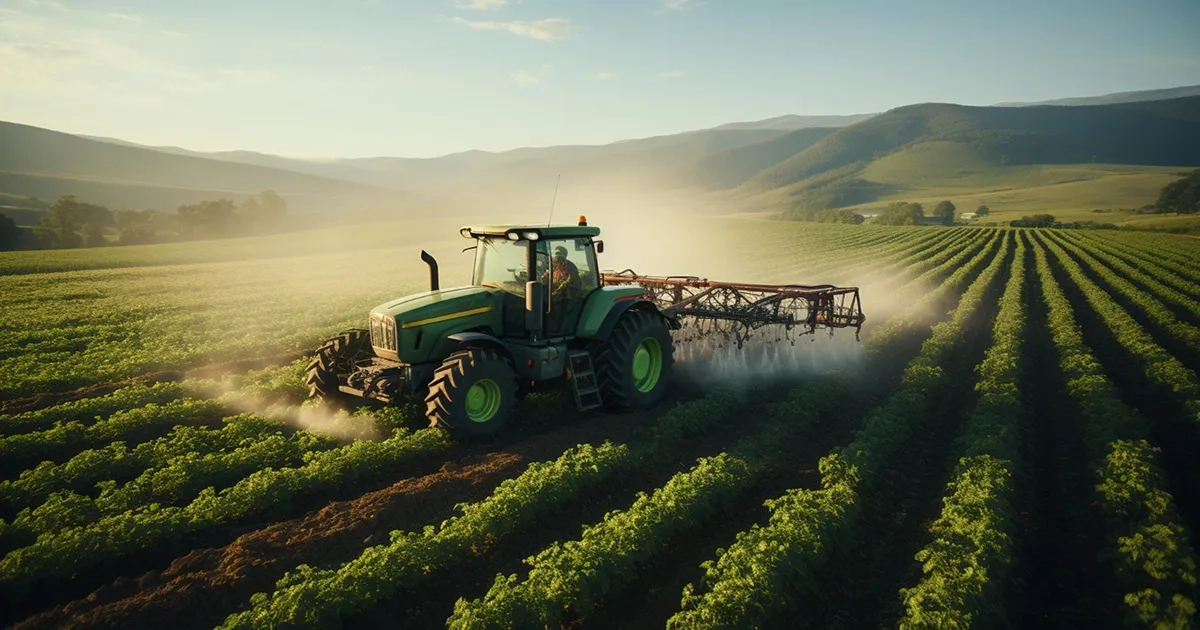
Conservation tillage refers to any tillage system with a seedbed preparation technique in which at least 30% of the soil surface is covered by crop residues. Organic farming is a sustainable agricultural system that uses ecologically based pest controls and biological fertilizers derived largely from animal and plant wastes and nitrogen-fixing cover crops.
Conclusion
In summary, several water conservation methods have been developed in the modern world for agriculture. The goal of these methods is to increase the efficiency of food production through improved irrigation techniques, precision agriculture, harvesting rainwater, selection of suitable crops and enhancing the fertility of the soil. However, water conservation policies are even more crucial for establishing sustainable agriculture and should be implemented by governments.
